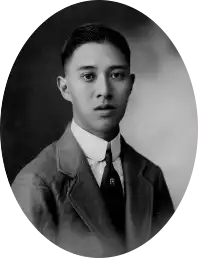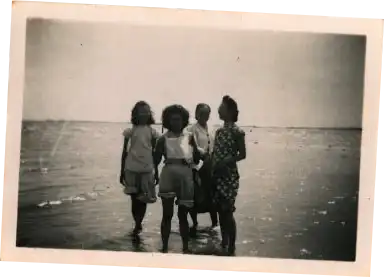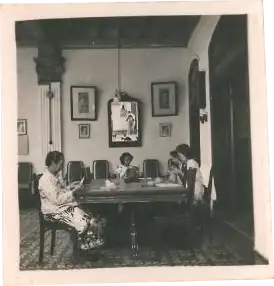





The family’s earliest existence in Malacca dates back to the early 19th Century, with origins from Tong’An county in Fujian province, Southern China; and has links to one of the last few Kapitans of Malacca. Today the family’s descendants are the seventh generation.
Chan Cheng Siew J.P (Justice of the Peace) was born 27th June 1865, and was a second generation Straits-born Chinese. He began his career as a planter and was commonly known in the estates as Towkay Cermin Mata (Boss with Glasses). He began his plantation growing gambier (a plant which was used for its medicinal purposes as well as for tanning leather, and was also commonly chewed with sireh). As the world awakened to an industrial age, Malacca was seen as a suitable location to grow rubber trees. Cheng Siew switched his crop plantation from gambier to rubber in order to meet the ever-growing demands of this new world.
Besides being a planter, Cheng Siew was also involved in many other social activities in Malacca. He served as a Justice of the Peace, managing trustee of several Chinese Temples and clan associations, a member of the Chinese Advisory Board and was a founding director of one of Malaysia’s prominent ice-manufacturing companies, Atlas Ice. He was also a keen investor in properties, purchasing land in Malacca, Cameron Highlands & Singapore.
In his townhouse, Cheng Siew was known to have held many a ronggeng night filled with wine, women and song. Cheng Siew died suddenly in 1919, at the age of 54, leaving his wife Chee Gee Geok Neo, three concubines and his son Chan Seng Kee, who became trustee to his estate.
Seng Kee did not have the same appreciation for living in a bustling town. Complaining of the incessant noise from the tok-tok mee man on the street at night, Seng Kee built a house by the seaside that was completed in 1932 and moved his family there to stay before and during the war.
Only after World War II did the family live in town again, somewhat briefly. As time moved on and the children went overseas or began their own families, the house was intermittently used by Seng Kee’s sons as they found their footing, before moving on to their own homes. For many years, the family abode was only used as an office and for sembahyang (prayers) as a rumah abu (ancestral home).



